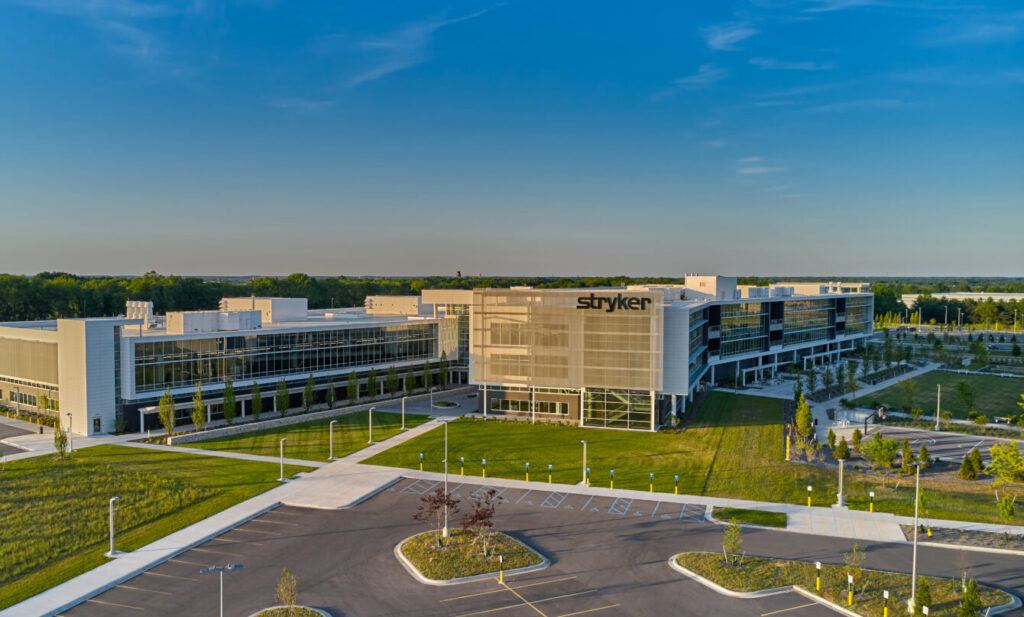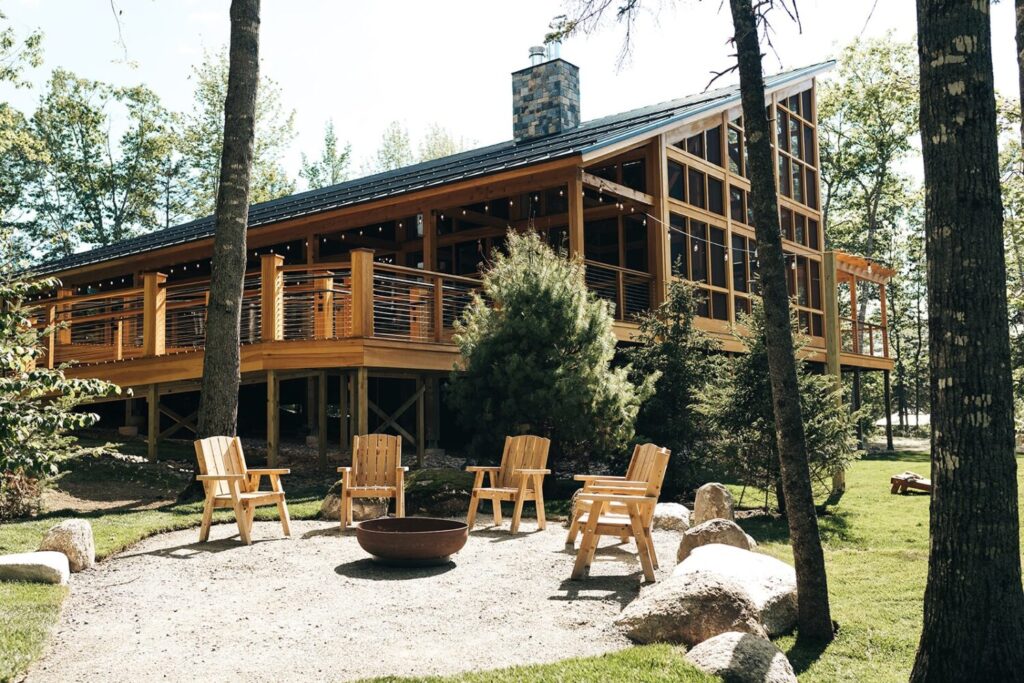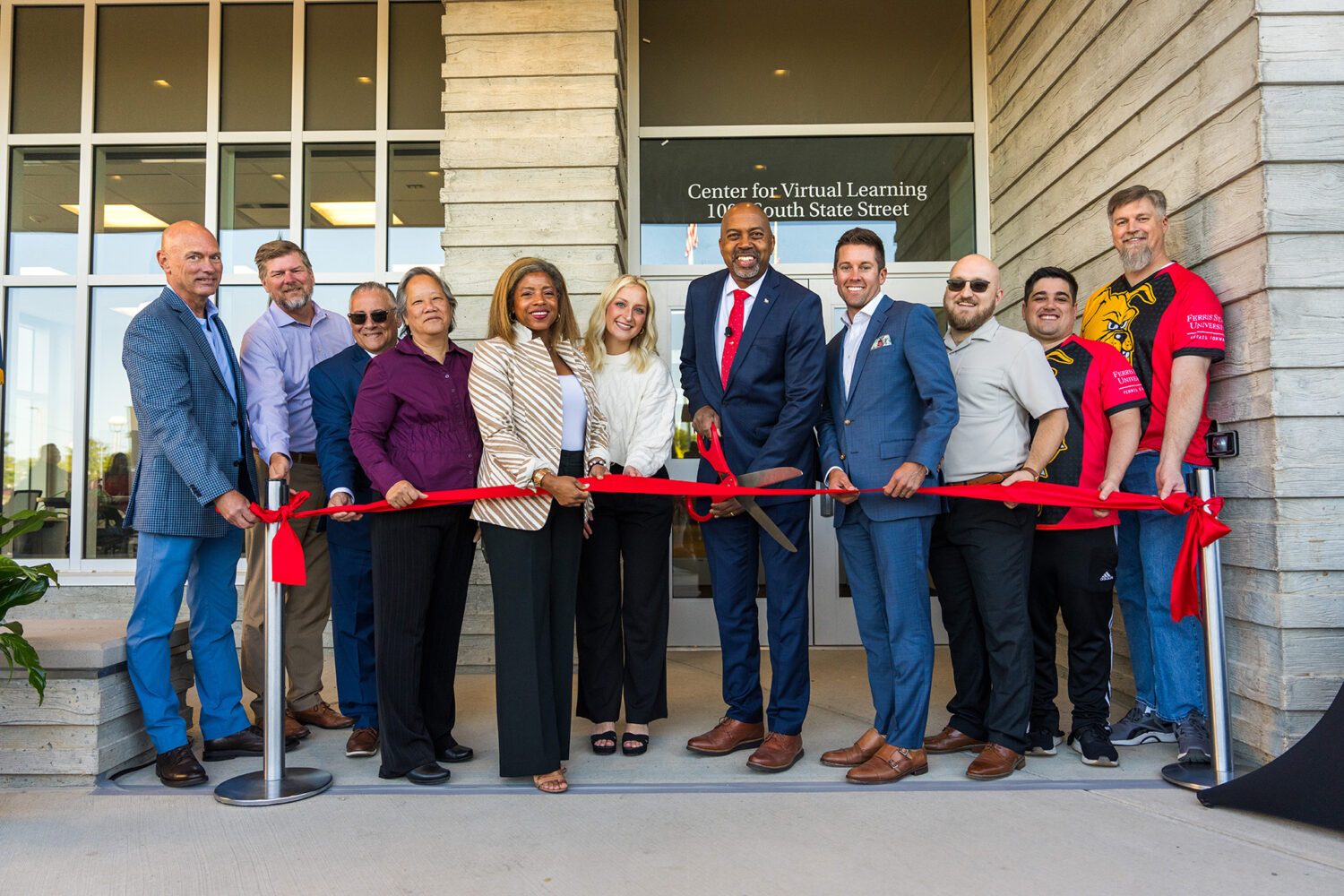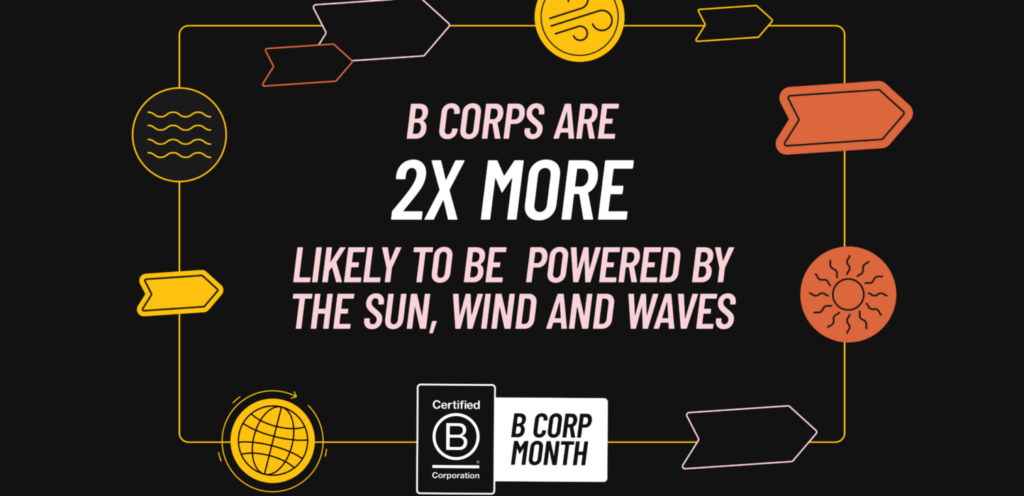Stryker Corporation Research and Development Headquarters
Dual Certified: LEED v2009 New Construction Silver certification and WELL Building v2 Pilot Platinum certification
Written by: Rachel Ware, Catalyst Partners
Organizations pursue sustainability certifications, like LEED, WELL, Sustainable SITES, and TRUE Zero Waste for Construction to demonstrate their commitment to environmental responsibility, reduce operational costs, and enhance human health and well-being. When combined, dual certification can address the entire lifecycle of projects—from design and construction to responsible construction waste management to long-term operations and occupant well-being.
What are the Certifications?
1. LEED (Leadership in Energy and Environmental Design):
-
- Focus: LEED certifies buildings based on sustainability, energy efficiency, water conservation, material use, and indoor environmental quality.
- Benefits: Reduced operating costs, energy savings, enhanced environmental impact, improved marketability, and enhanced property value.
2. WELL Building Standard:
-
-
- Focus: WELL concentrates on human health and wellness within the built environment, addressing air, water, nourishment, fitness, comfort, and mental well-being.
- Benefits: Healthier occupants, increased productivity, improved employee satisfaction, and recruitment advantages.
-
3. Sustainable SITES:
-
-
-
- Focus: SITES is geared toward landscape sustainability, promoting land use that preserves ecosystems, improves soil health, and reduces environmental impacts.
- Benefits: Improved biodiversity, stormwater management, and reduced environmental footprint.
-
-
4. TRUE Zero Waste for Construction (pilot):
-
- Focus: TRUE Zero Waste for Construction (pilot) certification focuses on minimizing waste through redesigning processes and practices to achieve zero waste to landfill, incineration, or the environment.
- Benefits: Cost savings, resource conservation, enhanced brand reputation, and reduced greenhouse gas emissions.
Terramor Outdoor Resort, Bar Harbor, Maine, SITES for Existing Landscapes GOLD Certification
The Benefits of Dual Certification:
1. Enhanced Sustainability Impact:
By achieving dual certifications, organizations can create holistic sustainability frameworks that address both environmental performance and human health.
-
- LEED + WELL: Combining LEED’s energy, water, and material efficiency with WELL’s focus on occupant health ensures buildings are both eco-friendly and optimized for human well-being. LEED’s strengths in energy conservation and material use complement WELL’s wellness-driven design, creating healthier, more sustainable workspaces.
- SITES + LEED: SITES expands LEED’s building-focused sustainability by addressing site selection, landscape design, and long-term environmental performance. Dual certification ensures sustainability extends beyond the building to the land, preserving ecosystems and biodiversity.
- SITES + TRUE for Construction (pilot): Combining TRUE and SITES certifications provides a unique approach to creating environmentally resilient and resource-efficient landscapes. These two certifications complement each other by addressing sustainable land management and waste elimination, ensuring that both the operational and ecological impacts of a site are minimized.
2. Improved ROI and Operational Efficiency:
Dual certification can lead to cost savings over time:
-
- Reduced energy use from LEED’s efficiency standards.
- Lower healthcare costs due to healthier building environments under WELL.
- Savings from reducing waste with TRUE certification.
- Reduced operations and maintenance costs with SITES certification.
3. Market Differentiation and Competitive Advantage:
Achieving multiple certifications demonstrates a company’s commitment to sustainability and wellness, setting it apart in the marketplace. Dual certifications help attract environmentally-conscious tenants, investors, and clients. They also show leadership in corporate social responsibility (CSR) initiatives.
4. Holistic Approach to Sustainability:
While each certification emphasizes different elements, pursuing multiple certifications ensures a more comprehensive approach to sustainability. It allows organizations to address the entire lifecycle of their buildings or operations—from construction and waste management to the health and well-being of their occupants and environmental impacts.
5. Meeting Regulatory and Stakeholder Expectations:
With increasing pressure from governments and stakeholders to meet higher environmental and health standards, dual certification helps organizations stay ahead of regulations and public expectations. Compliance with both energy efficiency and wellness frameworks can also help secure funding and support from investors prioritizing Environmental, Social, and Governance (ESG) principles. Additionally, third party verified certification systems can help stakeholders ensure their projects are meeting the sustainability goals they desire.
6. Synergies Between Certifications:
Often, certification credits overlap, which can reduce costs and streamline the certification process:
-
- LEED and WELL both address indoor air quality, energy efficiency, and water management, allowing organizations to work toward both standards simultaneously. For specific credit synergies, see: LEED BD+C to WELL
- SITES and LEED have natural synergies in sustainable land management and water conservation, which can benefit the overall performance of projects. For specific credit synergies, see: Synergies Between SITES and LEED
- SITES and TRUE for Construction (pilot) share goals around resource efficiency and waste reduction, making it easier to pursue both certifications.
Conclusion:
By embracing dual certification strategies, organizations can amplify their sustainability efforts, improve human health and well-being, achieve significant cost savings, and gain a competitive edge. LEED, WELL, Sustainable SITES, and TRUE Zero Waste certifications, when pursued together, provide a blueprint for future-proof buildings and operations that benefit both the environment and the people who use them.







